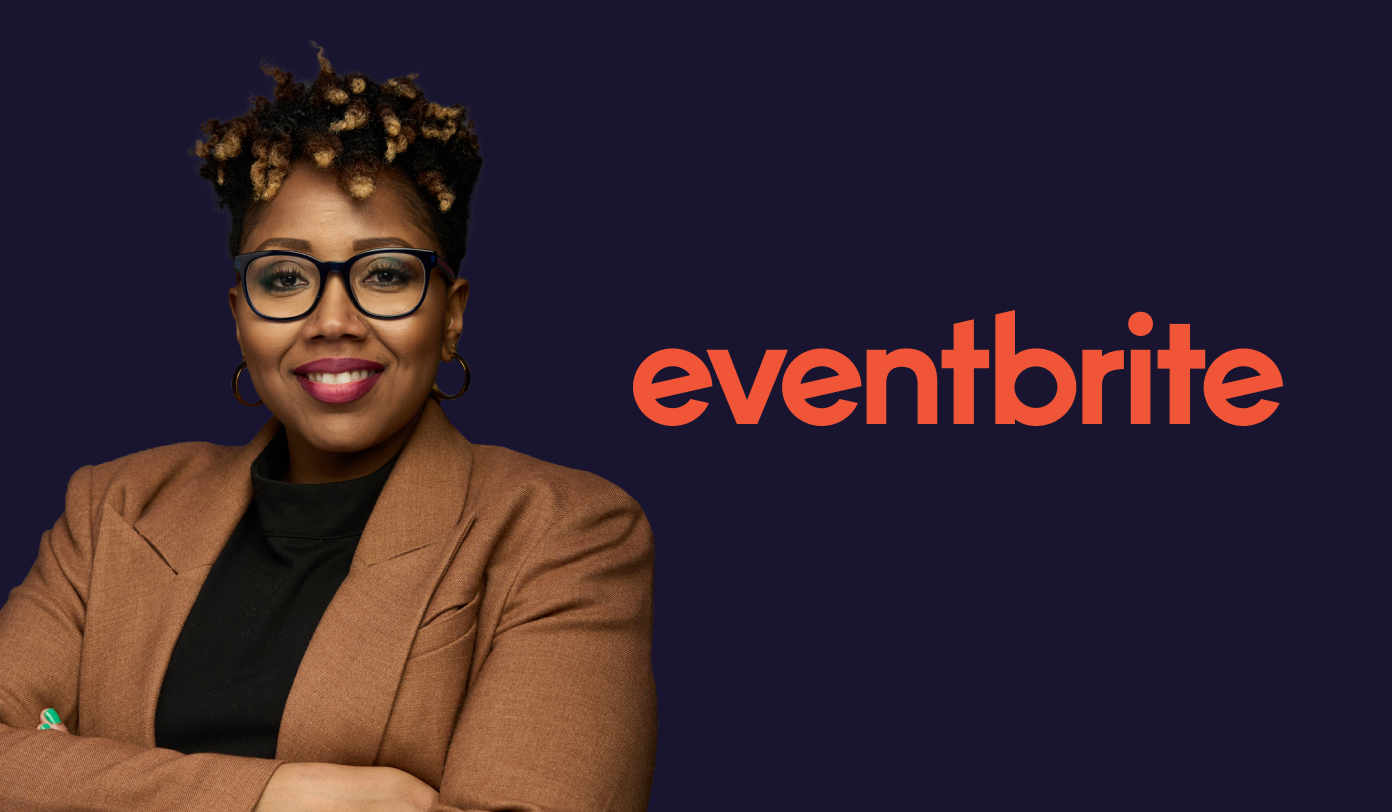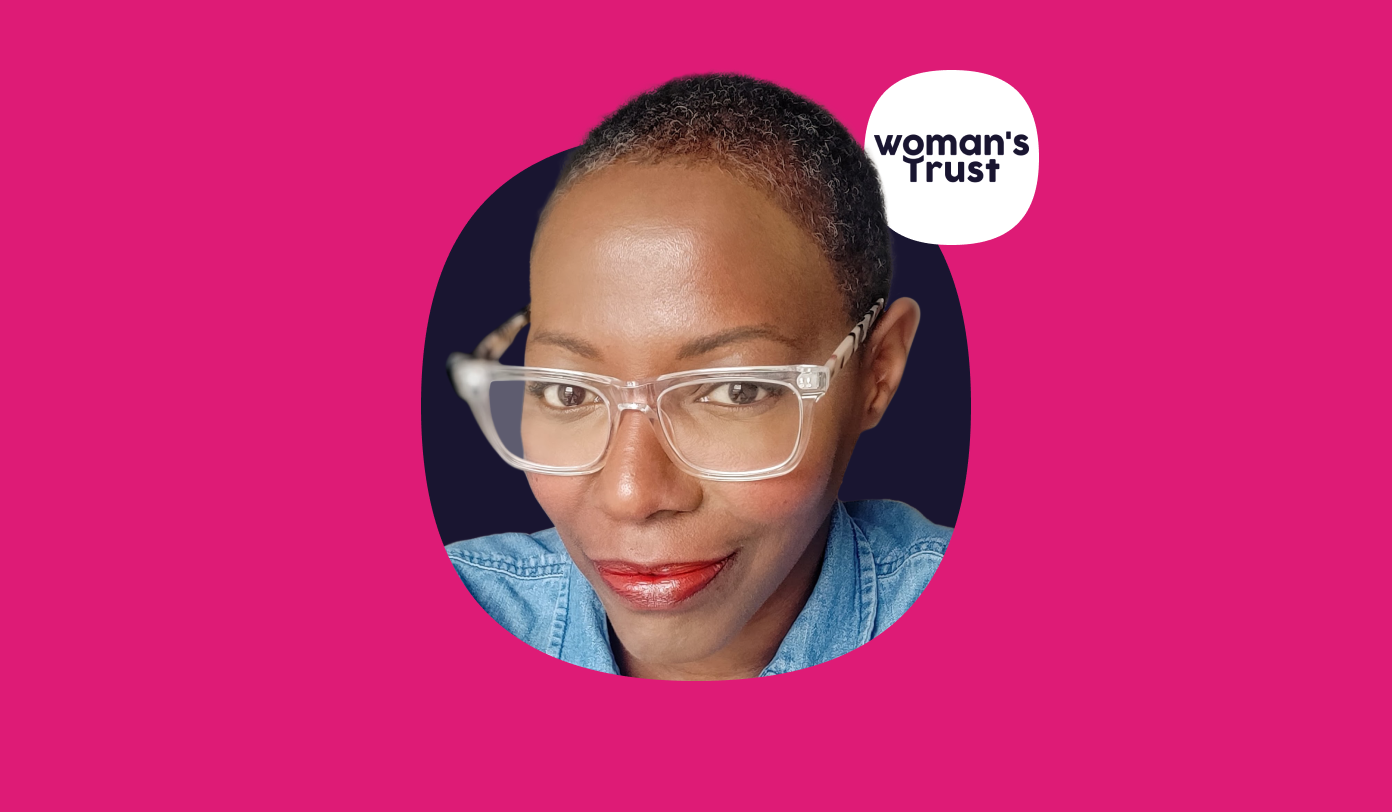In this series, Talk data to me, we chat with leaders from the world’s biggest brands and agencies about how they’re using insights to drive their business strategies.
We caught up with Latha Sarathy, Chief Research Officer of the Association of National Advertisers and EVP of Analytics, Insights, and Measurement for SeeHer, the ANA’s global division for promoting gender equality in media and marketing. We got her thoughts on a range of timely topics, from cultural change and Gen Z’s take on gender/sexuality, to navigating the cookieless future and the coming together of marketing and tech.
Tell us a bit about your role at SeeHer
Our mission at SeeHer is to increase the representation and improve the portrayal of women and girls in marketing, media, and entertainment. My role in that is to understand how women are portrayed in advertising, media, and content in order to reflect our changing culture and – ultimately – transform society.
What’s keeping you busy at the moment?
Staying up to date with cultural change. For example, we just did a study on Gen Z and their perceptions of gender and sexuality, looking at how these perceptions impact both society, marketers, and media companies. All our thought leadership is designed to help our members and the industry embed gender equality in their ways of doing business. In other words, to drive our mission forward by being a force for good and a force for growth.
What’s your favorite stat in the whole wide world?
We did a study in partnership with dentsu – the multinational advertising agency, and SeeHer members in 2021, looking at perceptions of gender in the US. We found 84% of American adults say media and marketing have the power to teach children that girls can do anything boys can do – and vice versa. It underscores the power that media and marketing have when it comes to changing the limitations society places on women and girls. Gender bias starts as young as 6 years old, so, for me that’s a really important stat. And SeeHer’s mantra is, “If you can see her, you can be her.” That is so important for young girls to understand.
Talk to me about an example of data-led creativity that you love.
In 2016, SeeHer spearheaded the creation of the Gender Equality Measure, or GEM®. GEM® is a set of 4 statements used to measure attitudes towards gender depiction. It was the first data-driven methodology to measure gender bias in ads and programming. To date, there have been nearly 300,000 ads measured with this methodology across 14 countries.
Based on years of testing, we suspected that certain portrayals and themes consistently delivered a high GEM® score. Last year, we put this to the test by creating a predictive model based on themes and portrayals of women and men that regularly drove above average GEM® scores. What we found was eye-opening. We noticed that if an ad featured a woman in a non-stereotypical role, both men and women reacted positively. But what really moved the needle was showing women in multi-dimensional roles, such as a professional and a mom – because this reflects our real lives. It was also interesting to see the response to men depicted in domestic roles – for example, at home cooking or taking care of children, which also drove high GEM® scores.
We used these findings to create a framework of creative best practices to help our members get representation right and achieve a proper male/female balance in ads. I loved that project because while it was very data-led, it was really about improving the creative process based on what today’s consumers experience and want to see.
How does data and the use of audience insights inform your business strategy? And how does it give you a competitive edge?
One of our key business strategies is to create a more gender equitable media ecosystem. We will be releasing our annual GEM® Multiplatform Video Programming Guide shortly, highlighting the most viewed video content and genres across linear and streaming platforms that audiences feel really depict women authentically.
We also provide female representation on screen and behind the camera to provide marketers, agencies, and media companies a guide that will drive improvements in the quantity and quality of female representation.
The audience data used in our guide also plays a crucial role in helping marketers, agencies, and media companies to collectively achieve media planning and buying goals and to advance gender equality throughout the media landscape.
At SeeHer, we support everyone around the world who is working to improve gender equality.
What’s the most interesting thing about your audience?
In terms of our members, I just love the fact that everybody wants to support our mission. Everybody is leaning in, and we get so much enthusiasm and support.
If you had a magic wand to change anything about your use of data, what would you change – and why?
Data across the media and marketing landscape is still highly segmented, so in an ideal world I’d like an easier, more streamlined way to connect the dots. It’s a long-standing industry issue, but when we can more easily integrate data sets, we can all better serve consumers through our marketing and media.
What will be the biggest threat and the biggest opportunity for your sector in the coming years?
The answer to both is AI. There’s a huge opportunity in the sense that AI could potentially eliminate gender bias across huge areas of life. But with AI, the input is critical, so what exactly are AI systems being trained on?
I’m talking about the problem of unconscious bias becoming inadvertently baked into AI systems, a situation that isn’t helped by the fact most AI engineers are men. So, there’s a huge opportunity, but we need to be very, very vigilant to avoid repeating past mistakes. If the input is flawed, the output will be flawed.
What’s your take on the cookieless future?
We need to get more imaginative with a different kind of consumer conversation. For a start, I think we need to be more up-front. There needs to be a lot more open dialogue and education of consumers, especially those who’re older. I think the younger generation totally gets it in terms of what they’re comfortable sharing and not sharing.
The whole relationship between media and marketing and consumers has to change to become more transparent. If we can get that dialogue right with consumers then the cookie less future should be bright.
What top trend are you seeing emerge in your wider industry?
Beyond discussions of AI, a top trend I’ve seen is that marketing and technology are getting closer together. That’s going to mean significant changes for marketing functions within businesses. Where exactly are the intersection points between marketing and technology? What exactly should they be focusing on? How are they re-imagining traditional responsibilities? That’s a critical question for marketers right now.
Report
Being a better ally
View now






.webp?width=495&height=317&name=pink_thumb_graphs%20(1).webp)
.webp?width=495&height=317&name=pink_thumb_letter%20(2).webp)
